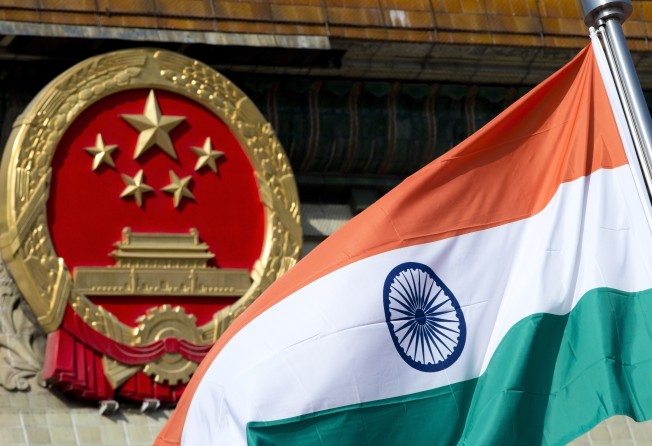China and India muscle up after border dispute but diplomatic channels open
- Both sides have deployed more troops in remote area near Tibet following clash in which Chinese and Indian soldiers were injured
- Observers say more confrontations possible but communications between the two countries remain strong

China and India have deployed additional troops to their border near Tibet following a renewed conflict, despite both parties insisting that diplomatic channels remain open.
The move follows an encounter on May 5 at a remote, mountainous crossing in which 11 soldiers – four Indian and seven Chinese – were reported to have been injured during a patrol in Nuka La, in the northeastern state of Sikkim, which borders Bhutan, Nepal and China.
The stand-off, near the 4,570-metre (15,000-feet) Nathu La crossing, was resolved after “dialogue and interaction” at a local level. China’s nationalist tabloid Global Times, quoting an unnamed military official, said the Chinese troops had taken necessary measures to strengthen on-site response and border area control.
“China will resolutely safeguard the national territorial sovereignty and security, and resolutely maintain peace and stability in the border area,” the report said.
Unnamed sources quoted by The Times of India on Tuesday said troop reinforcements and fortifications had taken place in more parts of Ladakh, part of the Kashmir region which has been disputed by India, Pakistan and China since 1947. The report said the Galwan Valley had also emerged as a flashpoint after Chinese troops pitched tents near a river and started construction activity.
Observers said the latest activities by both countries could lead to further clashes. Long Xingchun, president of the Chengdu Institute of World Affairs, an independent think tank based in China’s southwest, said that both the Chinese and Indian armies were defending their interests more frequently than before, which might result in more confrontations.
“The more frequent the engagement becomes, the riskier the situation might become, especially when taking into account that the Indian side is eager to consolidate what they have gained by building infrastructure in disputed regions,” Long said.
“Similar stand-offs are expected to happen again in the future, and thus communications at both high and local levels are needed to keep dangers at bay.”
Rajeev Ranjan Chaturvedy, a visiting fellow at the S. Rajaratnam School of International Studies at Nanyang Technological University in Singapore, said India was well prepared to deal with Chinese adventurism. “I am not worried because there is constant communication between officials and leaders and all channels of communications are open. And both countries are mindful of their priorities and limitations.”
The latest China-Indian border conflict comes after India opened a new all-weather access point in late April in Arunachal Pradesh in India’s remote northeast, a region also claimed by China, to enable faster movement of troops and artillery.
India and China share one of the world's longest land borders and there have been several bloody conflicts, including the 1962 Himalayan war. Skirmishes have continued to break out sporadically in the decades since and, in 2017, the two sides were engaged in a months-long territorial stand-off on the disputed Doklam plateau at the unmarked border between China and Bhutan.